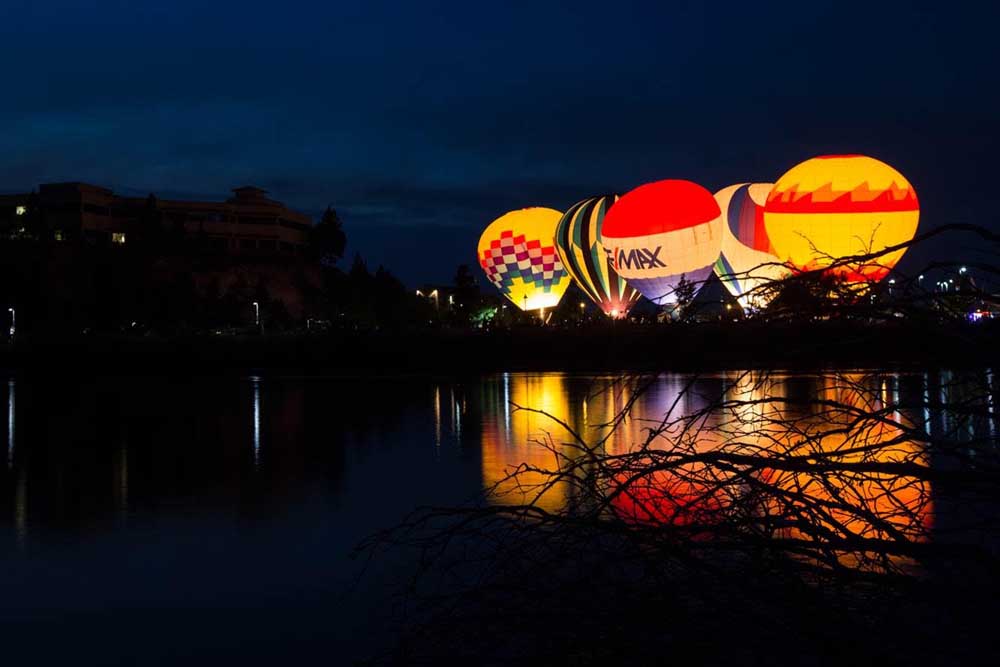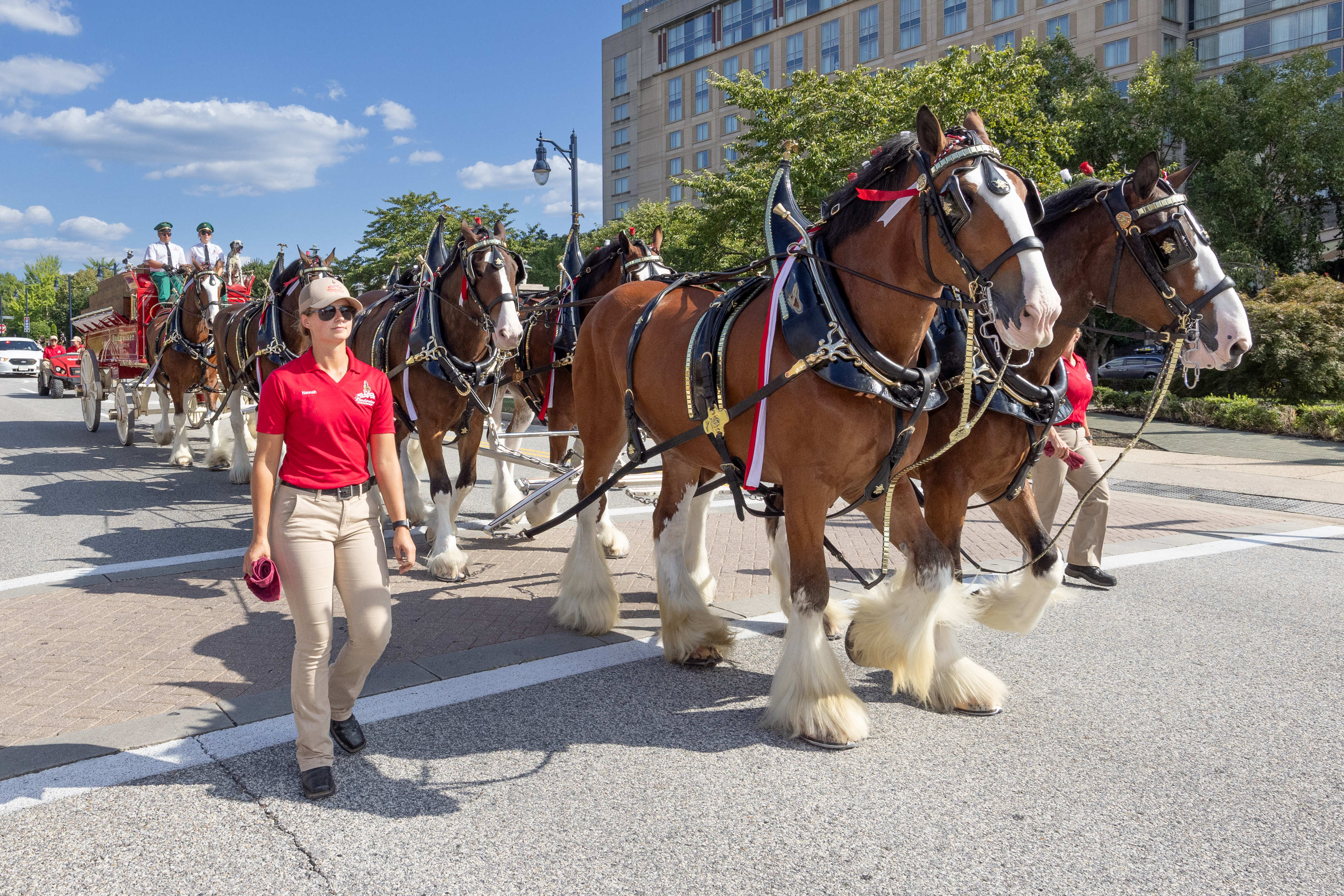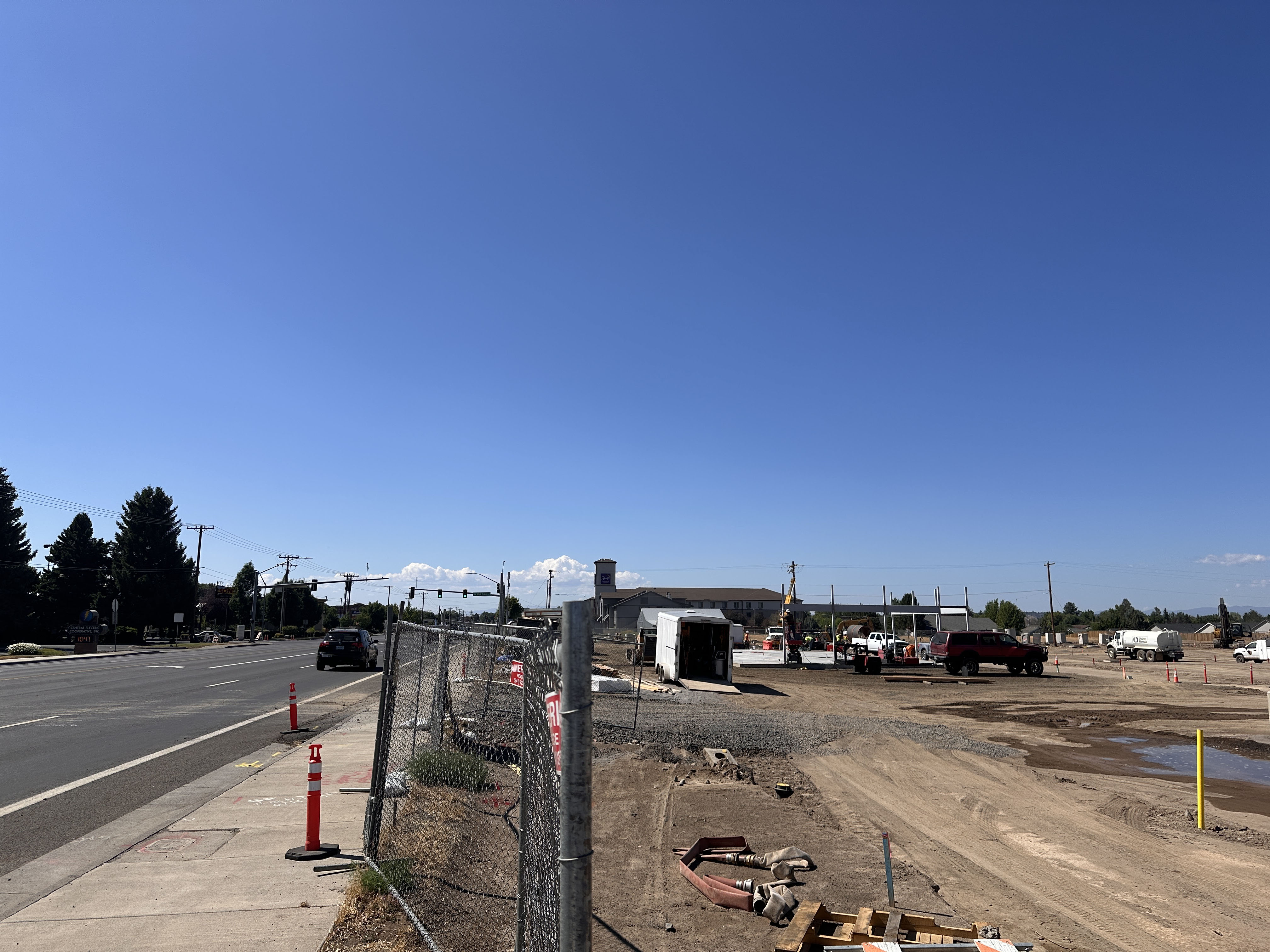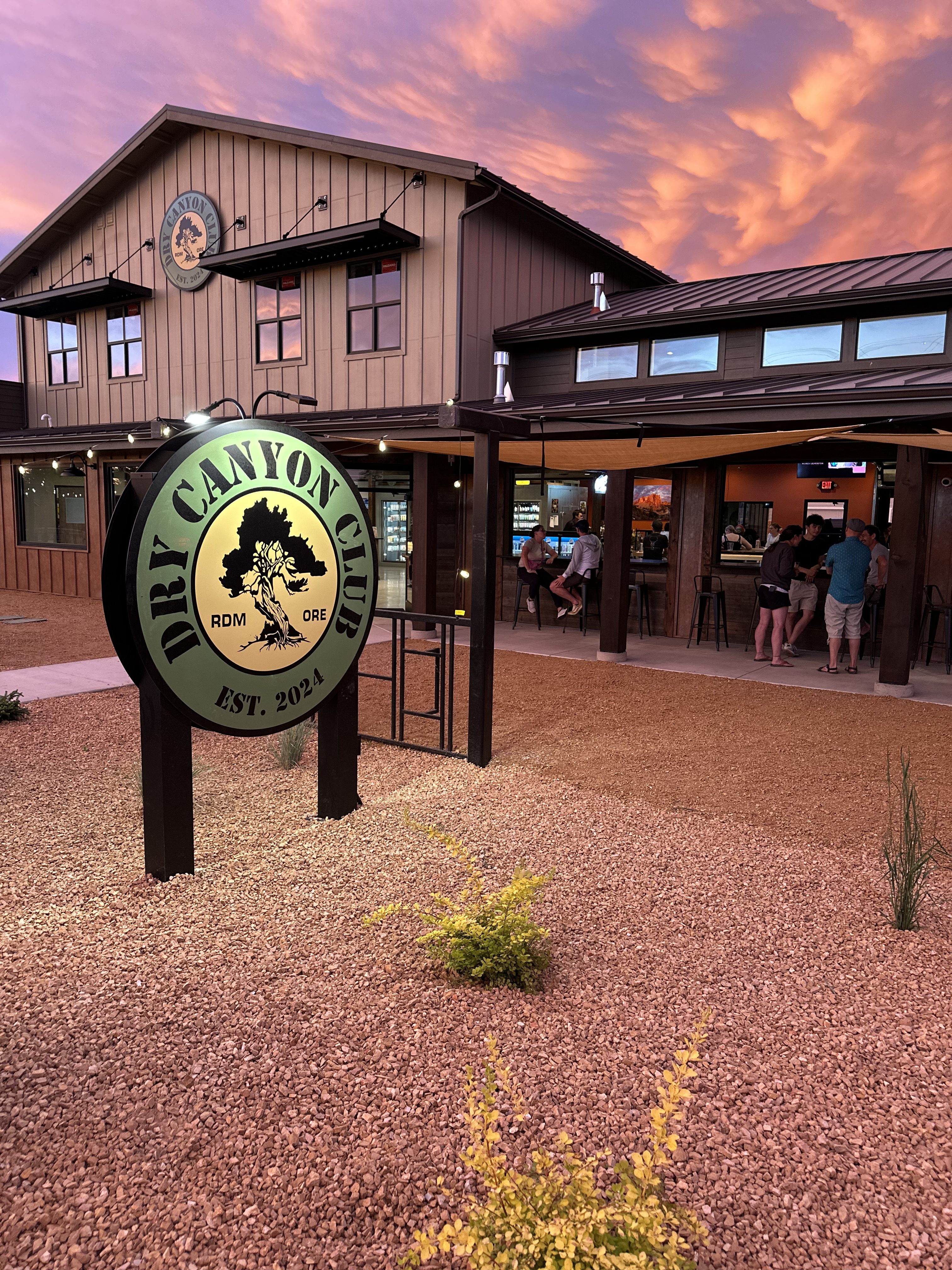Refused rescue earns Coast Guard’s ire
Published 12:00 am Wednesday, February 17, 2016

- Saltwater People Historical Society / Submitted photoORIGThe freighter Laurel as seen from the beach shortly after being stranded on Peacock Spit, photographed by Charlie Fitzpatrick of North Beach.
Everyone knows what a good sea captain is supposed to do in a shipwreck: go down with his ship.
Trending
He’s supposed to be the last person to step into a lifeboat, and even then only if he knows all the passengers and crew members are safely away.
Skippers who ignore this old-fashioned edict of the sea do so at their great peril, both legally and socially — as captains have learned the hard way, from James McIntire of the S.S. South Portland in 1903 up to Francesco Schettino of the cruise ship Costa Concordia in 2012.
But the story of Captain Louis Johnson of the steamship Laurel is no tale of a panicky skipper breaking furtively for the lifeboats at the first chance. Rather, Johnson got in trouble for taking the whole “unwritten law of the sea” thing too seriously: He refused to leave.
Trending
Johnson’s freighter, the 5,759-ton steamship Laurel, was a steamship of the Quaker Line. On June 16, 1929, the Laurel was crossing the Columbia River Bar with 7 million board feet of lumber, bound for East Coast ports via the Panama Canal.
On the way out, at just the wrong moment, the steering engines failed. With massive combers breaking over her bows, the big freighter fell off course and was swept onto Peacock Spit, where, pinned to the unyielding sand, she started taking blow after blow from the high and heavy seas.
Because it was 1929, help was on the way almost before the ship struck ground, courtesy of “Sparky” in the wireless room. The problem was, there was a spring gale piling the seas up into mammoth swells and breakers around the stranded vessel, and the breakers had burst the deck-load chains, filling the ocean around the ship with lumber. The two Coast Guard motor lifeboats made it over the bar but couldn’t get near the wreck.
Meanwhile, the pounding seas started to have their inevitable way with the ship. Early the next morning the Laurel broke in half unexpectedly; 19-year-old seaman Russell Smith, who just happened to be standing in the wrong place at the wrong time, fell into the crack and was never seen again.
The first rescue
The next day the waves had dispersed the lumber enough that the motor lifeboats were able to get close enough to rescue survivors. There were two lifeboats — one from Point Adams on the Oregon side and one from Cape Disappointment in Washington. Both of them managed to get in close to the stern half of the big ship, which had broken off just forward of the bridge.
The sailors dropped lines down from the ship and 24 of them slid down to the waiting Coast Guard boats — 18 of them ending up in the “Cape D” boat and six in the Point Adams boat.
But they weren’t rescued yet. With uncanny synchronicity, the engines of the two motor lifeboats conked out at almost the exact same time, likely killed by water intruding into their air intakes from the rough seas.
Without power, the bulky, unwieldy motor lifeboats were at grave risk of being picked up by the next breaker and cracked like eggs against the side of the Laurel. So, leaving seven men still aboard the battered ship, the crews of the two now-motorless lifeboats bent their backs to the oars and strained to get the bulky, unwieldy things away from the danger and back toward land.
The Cape Disappointment lifeboat got lucky; the Coast Guard cutter Red Wing was able to come alongside and, after a harrowing transfer of the rescuees to the larger ship, took the crippled motor lifeboat in tow. With the cutter’s help, the crew managed to get the lifeboat across the bar, and several hours later the rescuers were safe in Astoria.
The Point Adams boat had worse luck, but it could have been far worse. Caught in the surf by the side of the bar entrance, the rescuers were forced to turn and make a desperate try for the beach. They successfully brought the boat in through the breakers without capsizing, and the mariners splashed ashore through the shallow waters along the north jetty, where spectators watching the rescue on shore hurried to help get them ashore and warm them around a big bonfire there.
The next day, a third motor lifeboat came down from Willapa Bay — neither of the local boats could be repaired in time — and laboriously went about rescuing the remaining mariners from the Laurel. But the crowd of people watching from shore couldn’t help but notice something odd:
“The watchers could not decipher the riddle of the figure, like that of a man but more motionless, remaining on the deck,” The Oregonian’s reporter recounted. “It was not until half an hour later … the people first learned that the figure was really that of a man, and that for some reason, yet to be learned, Captain Johnson had declined to leave.”
Refusal to leave
Over the following two days and two nights, Johnson remained stolidly and stubbornly on the derelict ship, pacing back and forth as airplanes flew overhead. The seas settled down a little, then freshened up again, hammering the steel hulk. Still, the skipper wouldn’t budge.
Finally, 54 hours after he’d first declined to be rescued, Johnson hung out a white flag, indicating he was ready for assistance. By a stroke of luck, the seas had settled down to the kind of lovely calm that’s more characteristic of mid-June, and the rescue was easily and quickly done.
In an impromptu press conference in Astoria, the affable and heavily tattooed skipper explained he’d stayed on board because, confident that his ship wouldn’t fully break up, he hoped the storm would drive it high enough onto the beach that the cargo could be salvaged.
If it did so, and he were not still aboard it, the derelict would be fair game for any salvager or looter who came along, so he’d stayed on board until he was completely confident it wouldn’t survive. When the boarding seas had started breaching bulkheads and breaking the remnant apart, though, he’d concluded that it was time to leave.
Rescuers’ response
Newspaper accounts made much of Captain Johnson’s fearlessness, can-do attitude and gruff friendliness, and readers couldn’t help but admire him. Coast Guard rescuers, though, were beside themselves. By declining their services, Johnson had put them in a terrible position — essentially demanding they mount a third rescue mission under unknown conditions at some unspecified future date, just for him.
If conditions were life-threateningly bad when that happened, they’d be forced to choose between coldly refusing him aid and watching him die and risking their lives on a rescue mission they shouldn’t have had to undertake, because they’d been there, ready and willing to take him off on the previous run.
Adding insult to injury was the fact Johnson had put them in this position merely to protect a few thousand dollars’ worth of cargo that was insured anyway. They’d gotten lucky; the seas were calm and placid when he signaled them for help. But if they hadn’t been, an innocent Coastie or two could have died for that cargo.
So the rescuers probably nursed secret smiles the following month when, in the U.S. Steamboat Inspection Service’s investigation of the wreck, Johnson was reprimanded for negligence and lost his pilot’s license for 90 days.
The reasons given for this action seemed a little thin — he hadn’t been quick enough to activate the auxiliary steering engines, they said, and he should have dropped anchor sooner. So it’s at least possible that in finding the way they did, the inspectors were doing the Coast Guard a little favor.
— Sources: Gibbs, James Jr. Pacific Graveyard. Portland: Binford, 1950; Portland Morning Oregonian, June 16-20 and July 4, 1929.
Finn J.D. John teaches at Oregon State University and writes about odd tidbits of Oregon history. For details, see http://finnjohn.com. To contact him or suggest a topic: finn2@offbeatoregon.com or 541-357-2222.








